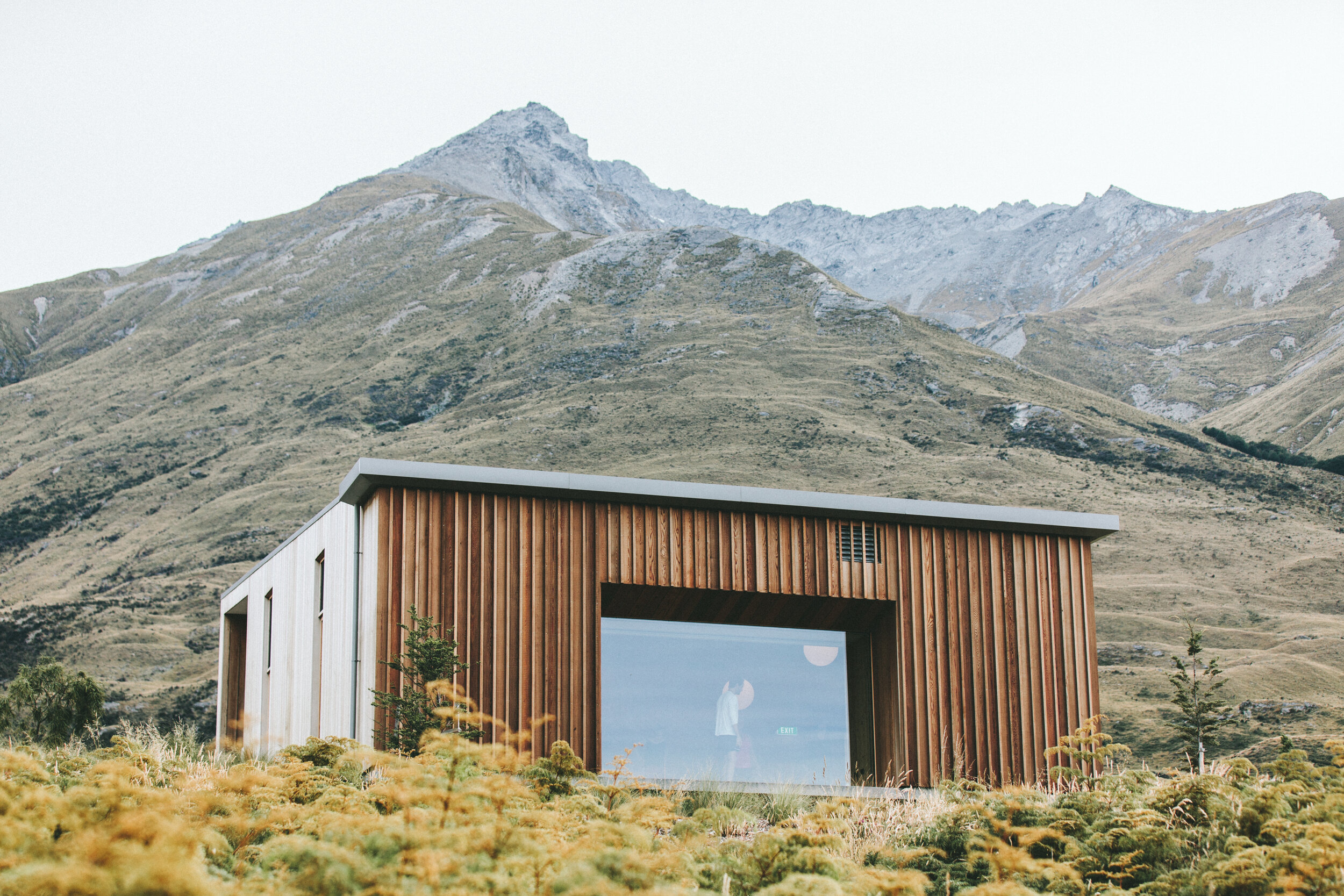Compliance FAQs
Intellectual Property
-
The term “Intellectual Property” - IP, has been used for more than 150 years, but the concept dates back to the origins of trade itself. It is essentially anything that we have created or invented with our minds. Intellectual property consists primarily of four types: trademarks; copyright; designs and patents There are other related or supportive rights, such as trade secrets and rights relating to business confidentiality.
-
Trademarks and copyright both exist to protect your intellectual property. They are used to protect different types of assets and they work in different ways. They also offer different levels of protection.
-
A trademark is designed to protect anything that identifies the goods, services and brand of a business. Trademarks protect elements such as a brand name, slogan and logo.
-
Copyright determines the rights people have over the original work they create. It covers all unique creative work such as graphic designs, video, software, content, photography and film and audio recordings. Importantly copyright covers the expression of an idea, rather than the idea itself. Copyright can be sold or assigned to others, and usually work created by employees is owned by the business.
Intellectual Property
-
The term “Intellectual Property” - IP, has been used for more than 150 years, but the concept dates back to the origins of trade itself. It is essentially anything that we have created or invented with our minds. Intellectual property consists primarily of four types: trademarks; copyright; designs and patents There are other related or supportive rights, such as trade secrets and rights relating to business confidentiality.
-
Trademarks and copyright both exist to protect your intellectual property. They are used to protect different types of assets and they work in different ways. They also offer different levels of protection.
-
A trademark is designed to protect anything that identifies the goods, services and brand of a business. Trademarks protect elements such as a brand name, slogan and logo.
-
Copyright determines the rights people have over the original work they create. It covers all unique creative work such as graphic designs, video, software, content, photography and film and audio recordings. Importantly copyright covers the expression of an idea, rather than the idea itself. Copyright can be sold or assigned to others, and usually work created by employees is owned by the business.
Intellectual Property
-
The term “Intellectual Property” - IP, has been used for more than 150 years, but the concept dates back to the origins of trade itself. It is essentially anything that we have created or invented with our minds. Intellectual property consists primarily of four types: trademarks; copyright; designs and patents There are other related or supportive rights, such as trade secrets and rights relating to business confidentiality.
-
Trademarks and copyright both exist to protect your intellectual property. They are used to protect different types of assets and they work in different ways. They also offer different levels of protection.
-
A trademark is designed to protect anything that identifies the goods, services and brand of a business. Trademarks protect elements such as a brand name, slogan and logo.
-
Copyright determines the rights people have over the original work they create. It covers all unique creative work such as graphic designs, video, software, content, photography and film and audio recordings. Importantly copyright covers the expression of an idea, rather than the idea itself. Copyright can be sold or assigned to others, and usually work created by employees is owned by the business.
Intellectual Property
-
The term “Intellectual Property” - IP, has been used for more than 150 years, but the concept dates back to the origins of trade itself. It is essentially anything that we have created or invented with our minds. Intellectual property consists primarily of four types: trademarks; copyright; designs and patents There are other related or supportive rights, such as trade secrets and rights relating to business confidentiality.
-
Trademarks and copyright both exist to protect your intellectual property. They are used to protect different types of assets and they work in different ways. They also offer different levels of protection.
-
A trademark is designed to protect anything that identifies the goods, services and brand of a business. Trademarks protect elements such as a brand name, slogan and logo.
-
Copyright determines the rights people have over the original work they create. It covers all unique creative work such as graphic designs, video, software, content, photography and film and audio recordings. Importantly copyright covers the expression of an idea, rather than the idea itself. Copyright can be sold or assigned to others, and usually work created by employees is owned by the business.





